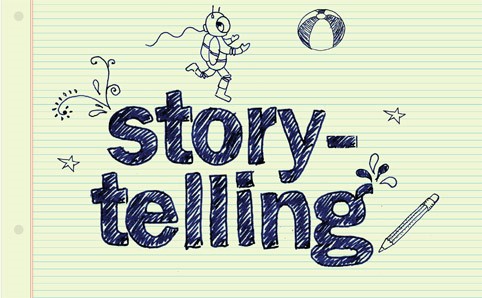A Well-Told Story Adds Creativity to Your Sermon
A Well-Told Story Adds Creativity To Your Sermon
We are considering how to add creativity to our sermons. In the last post we looked at how to use a heuristic to find fresh ways to open our minds to new understandings of the developing message. In this post we consider how a well-told story adds creativity to your sermon.
The Power of a Well-Told Story

Alexander the Great
Alexander the Great kept a copy of the Iliad with him during all of his conquests, and put it under his pillow before sleeping. The Iliad is the epic poem that Homer wrote to tell the story of the last year of the attack on Troy. It is a poem that glorifies people batting each other. Apparently, it provided inspiration for him to continue to win territory with epic battles.
I tell you that to simply make this point: a well-told story has power. In Alexander the Great’s case, it maybe changed the course of history. You may have noticed this in your preaching. I know that I have. There were times when I could sense that peoples’ attention was wandering. Then I began to tell a story as an illustration, and suddenly all attention was back on what I was saying. Here are some guidelines to making a story come alive for your people. Remember, a well-told story adds creativity to your sermon in a way that will help people tune in.
A Well-Told Story Develops Characters
I was in a doctor’s office earlier this week, waiting for my grandson. I looked at the rack of magazines available for waiting people like me. Guess what. About half of the magazines available were People magazines. This magazine focuses on a very popular subject: people. People are interesting, especially those who are famous.
Those authors who write fiction know this. Much time is spent developing the characters, introducing us to their strengths and their faults.
We should take note, as preachers, that God has filled the Bible with the stories of people. Tell their stories. Describe what they are like. Build the tension in their lives. In a few cases, I’ve told first-person stories, describing the conflict in their choices, and their flaws and strengths. Those were favorites of many people in a couple of the churches that I served. Imagine Joseph, getting the message that Mary is pregnant. That’s a story! You can imagine the conversation that he had with God. Or, what about Sarah laughing when God tells Abraham that Sarah will have a child next year–and she laughs! You can speculate what that laughter was about, especially with the later verses explaining that they called their new born son Isaac, which means laughter.
Remember, a good story adds creativity to your sermon that will give inspiration to your hearers.
The Elements of a Good Story that will add creativity to your sermon
Here are the various aspects of making a story come alive for your audience:
- Dialogue gives us knowledge about what people are thinking and feeling. You can make this

dialogue
up if you spent some time reflecting on the characters in the story.
- Actions describe what they do as a result of what they think and feel.
- Where is the tension in the story? Build that up. Good novelists know this, so they give us insight into what is giving tension.
- Tell what the people look like. You can even tell about what they are wearing. This, too, will make the story come alive.
The Challenge of Creating Interesting Stories
The first time I developed a story for a sermon, it took longer than usual. In fact, I had to let the message sit in my mind for a few days as I tried to get dialogue down. But it is so worth it! A well-told story adds creativity to your sermon that will enrich your hearer’s experience.
Conclusion
Give this a try. The next time you preach on a story from the Bible, build the characters and dialogue. You’ll find that people pay attention.



